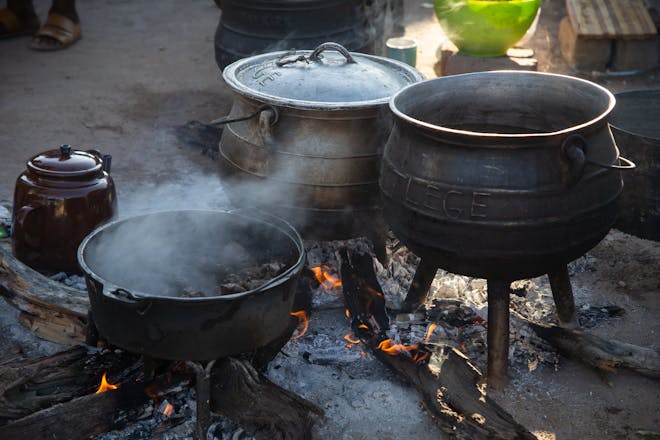Reverse Sear Prime Rib Cast Iron Mastery Guide
If you’re looking to master the art of reverse sear on a prime rib using a cast iron skillet, this guide is your one-way ticket to becoming a culinary sensation. The reverse sear is a technique that has revolutionized the way we cook thick cuts of meat, and when applied to prime rib, the results are nothing short of spectacular.
Understanding the Reverse Sear Method
Reverse searing is a two-step process that involves slow-cooking the meat at a low temperature and then searing it at high heat for a short period. This method ensures your prime rib is cooked evenly throughout, and the final sear creates a deliciously crispy crust.
Why Choose Cast Iron for Your Prime Rib?
Cast iron skillets are known for their unparalleled heat retention and distribution qualities, which makes them ideal for the reverse sear method. When you sear prime rib cast iron style, you’re guaranteeing an evenly cooked, flavorful crust that’s hard to achieve with other types of cookware.
Preparing Your Prime Rib for the Oven
First, take your prime rib out of the fridge and let it sit at room temperature for about two hours. Season the meat generously with salt and your choice of herbs and spices. Preheat your oven to a low temperature, around 250°F (121°C), to slowly cook the prime rib.
Slow Cooking to Perfection
Place your seasoned prime rib on a rack in a roasting pan and insert a meat thermometer into the thickest part. Cook the meat until the thermometer reads about 10-15 degrees below your desired final temperature.
The Art of the Final Sear
Once your prime rib reaches the target temperature, remove it from the oven and let it rest while you heat your cast iron skillet over a high flame. Add a small amount of high-smoke-point oil, such as avocado or grapeseed oil, to the skillet.
Searing Your Prime Rib to a Crispy Exterior
When the skillet is smoking hot, place the prime rib in the pan. Sear each side for about 1-2 minutes or until a crust forms. Make sure to render the fat cap as well by holding the meat with tongs.
Rest and Serve
After searing, let your prime rib rest for about 10 minutes before slicing. This allows the juices to redistribute throughout the meat, ensuring each bite is juicy and flavorful.
Tips for a Flawless Reverse Sear Prime Rib
– Use a bone-in prime rib for additional flavor.
– Allow the meat to rest after seasoning to enhance the flavors.
– Monitor the internal temperature closely to avoid overcooking.
– Always preheat your cast iron skillet for an even sear.
– Consider finishing with a compound butter for added richness.
Mastering the reverse sear technique with a cast iron skillet will elevate your prime rib to new heights, impressing even the most discerning of guests. Follow this guide, and you’ll soon be the talk of the town with your reverse sear prime rib prowess.
